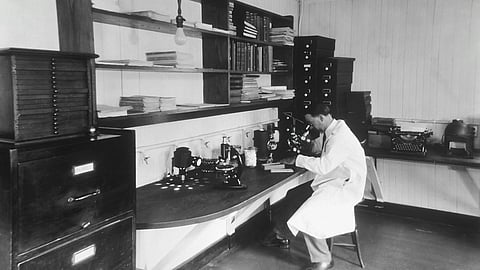Conclusion
The 1980s were a golden age for biotechnology, marked by the development of life-saving drugs and vaccines for cancer and hepatitis. These innovations not only transformed medicine but also gave hope to millions of patients worldwide. As we continue to face new health challenges, the lessons and breakthroughs of this pivotal decade remind us of the power of science to change lives.
References
[1]. Berg, P. (2008). Recombinant DNA Technology: A Historical Perspective. Journal of Biological Chemistry, 283(11), 1-5.
[2]. Pestka, S. (2007). The Interferons: 50 Years After Their Discovery. Nature Reviews Immunology, 7(12), 1-10.
[3]. Rutter, W. J. (1984). Development of the Hepatitis B Vaccine. Science, 226(4675), 1-7.
[4]. Langer, R. (2016). Biotechnology and the Future of Medicine. Nature Biotechnology, 34(1), 1-5.
[5]. U.S. Food and Drug Administration. (1982). Approval of Human Insulin. FDA Historical Archives.
(Input from various sources)
(Rehash/Hardik Rathod/MSM)


